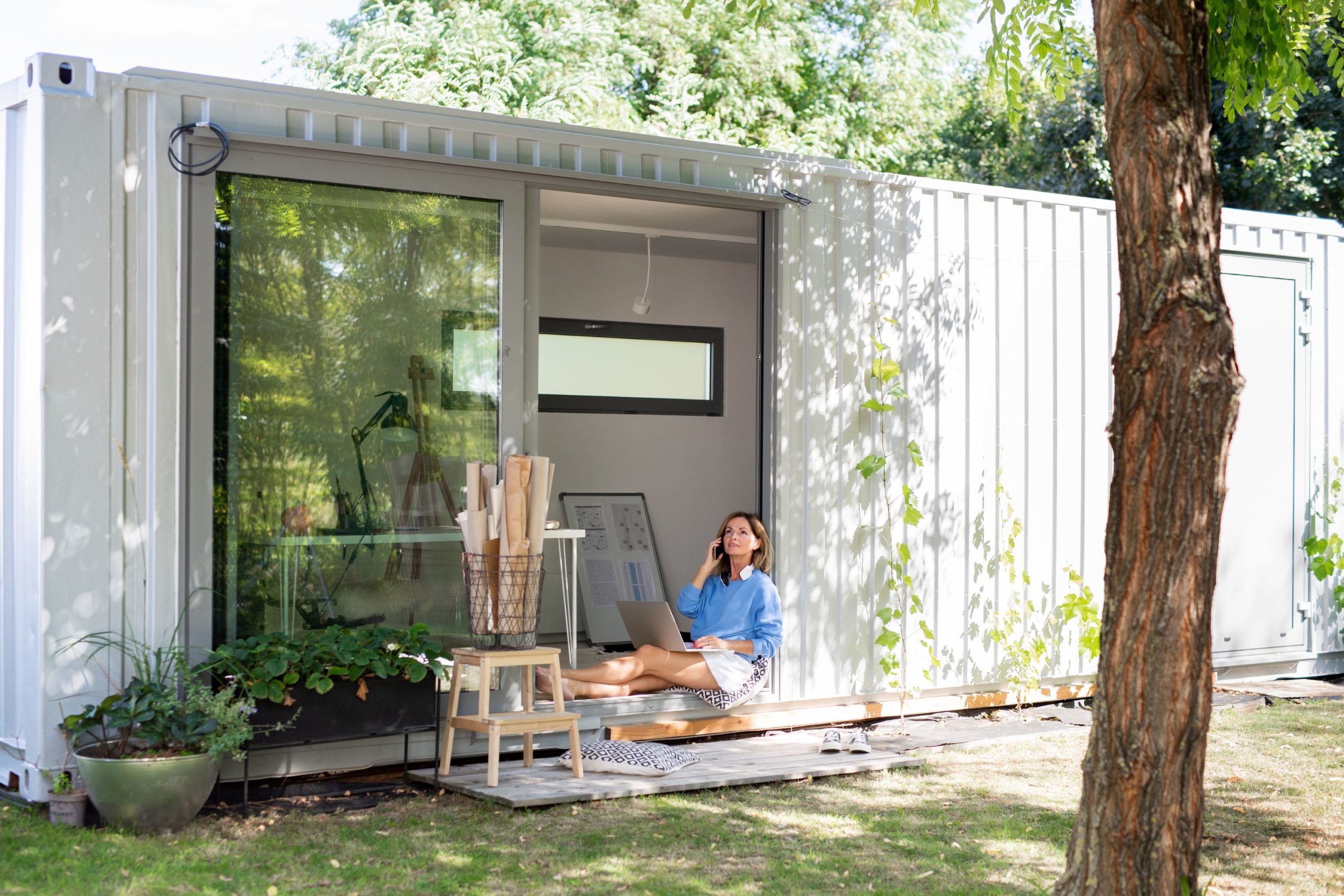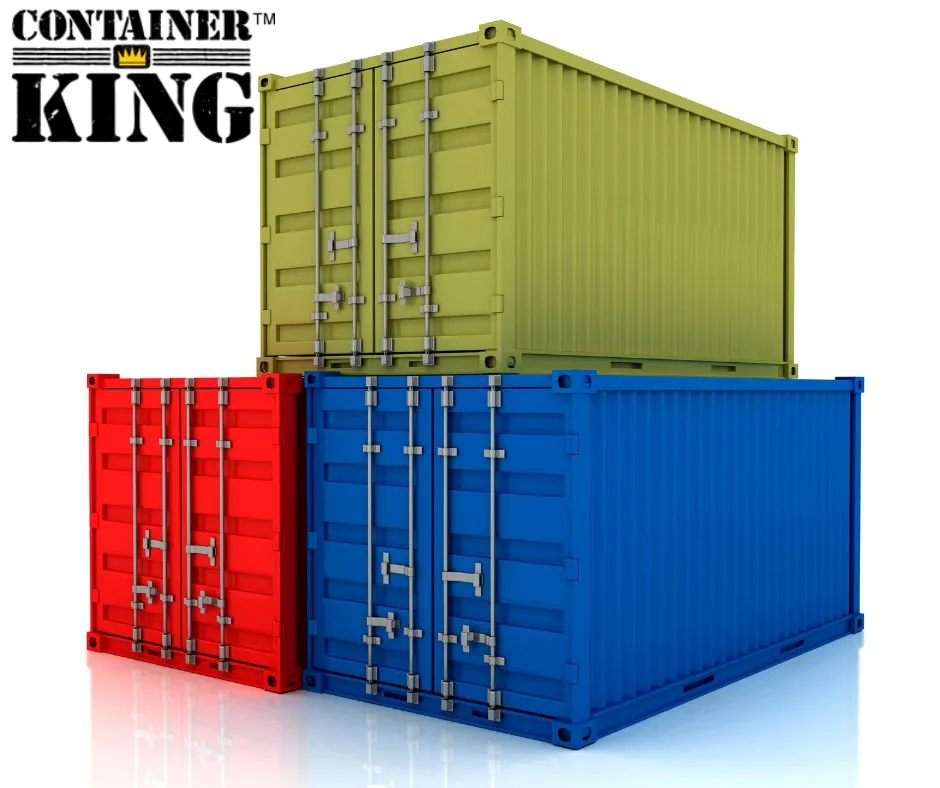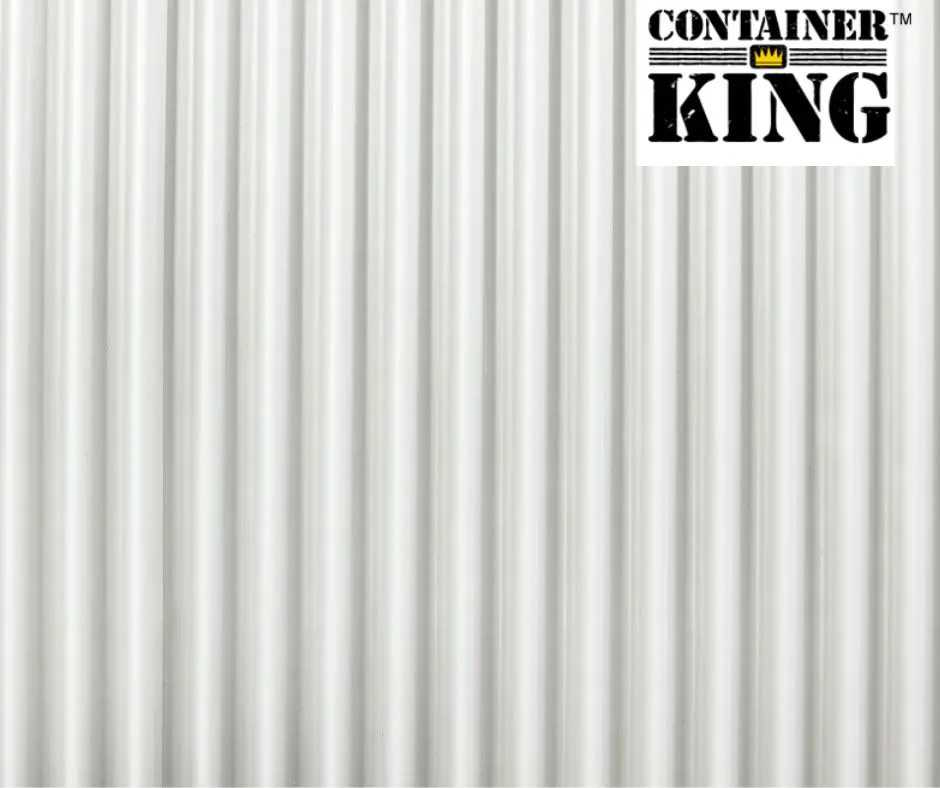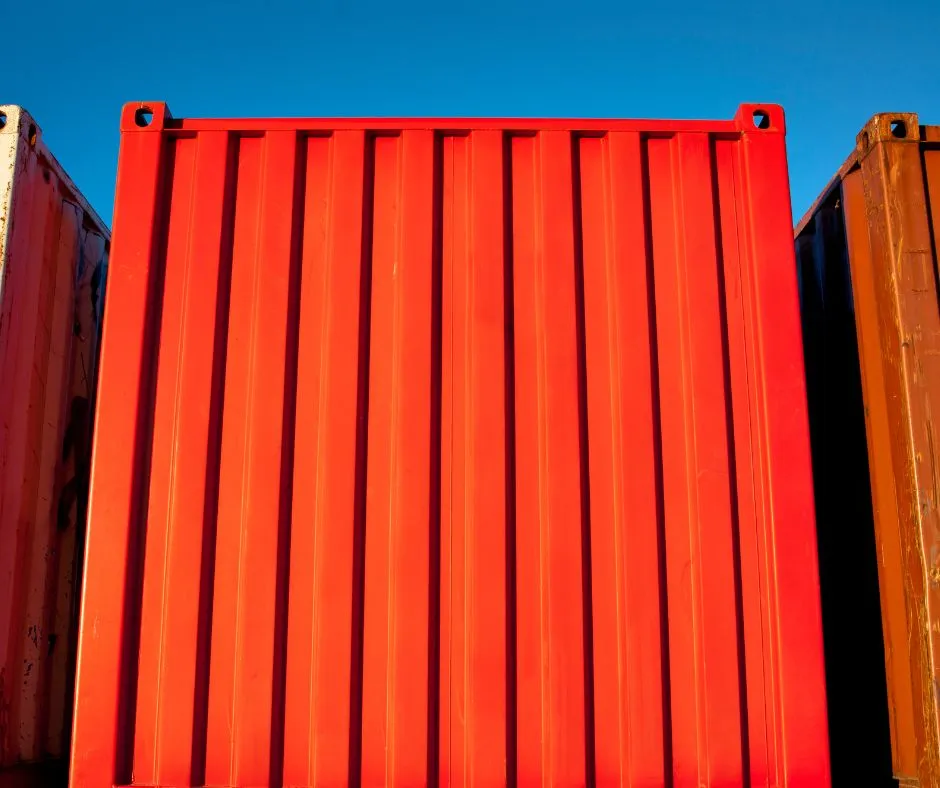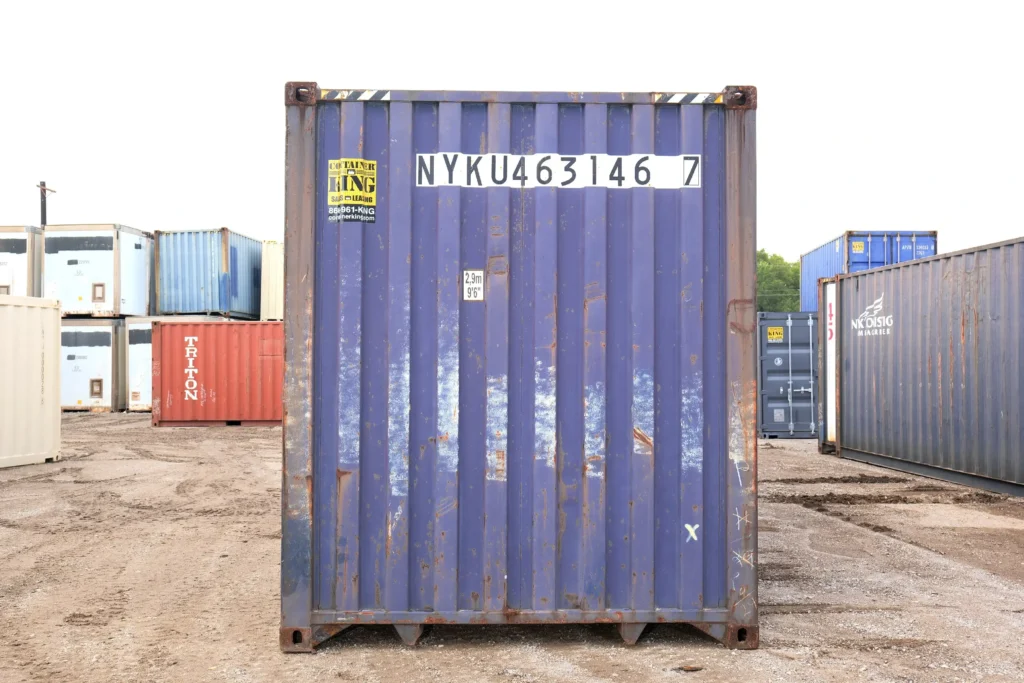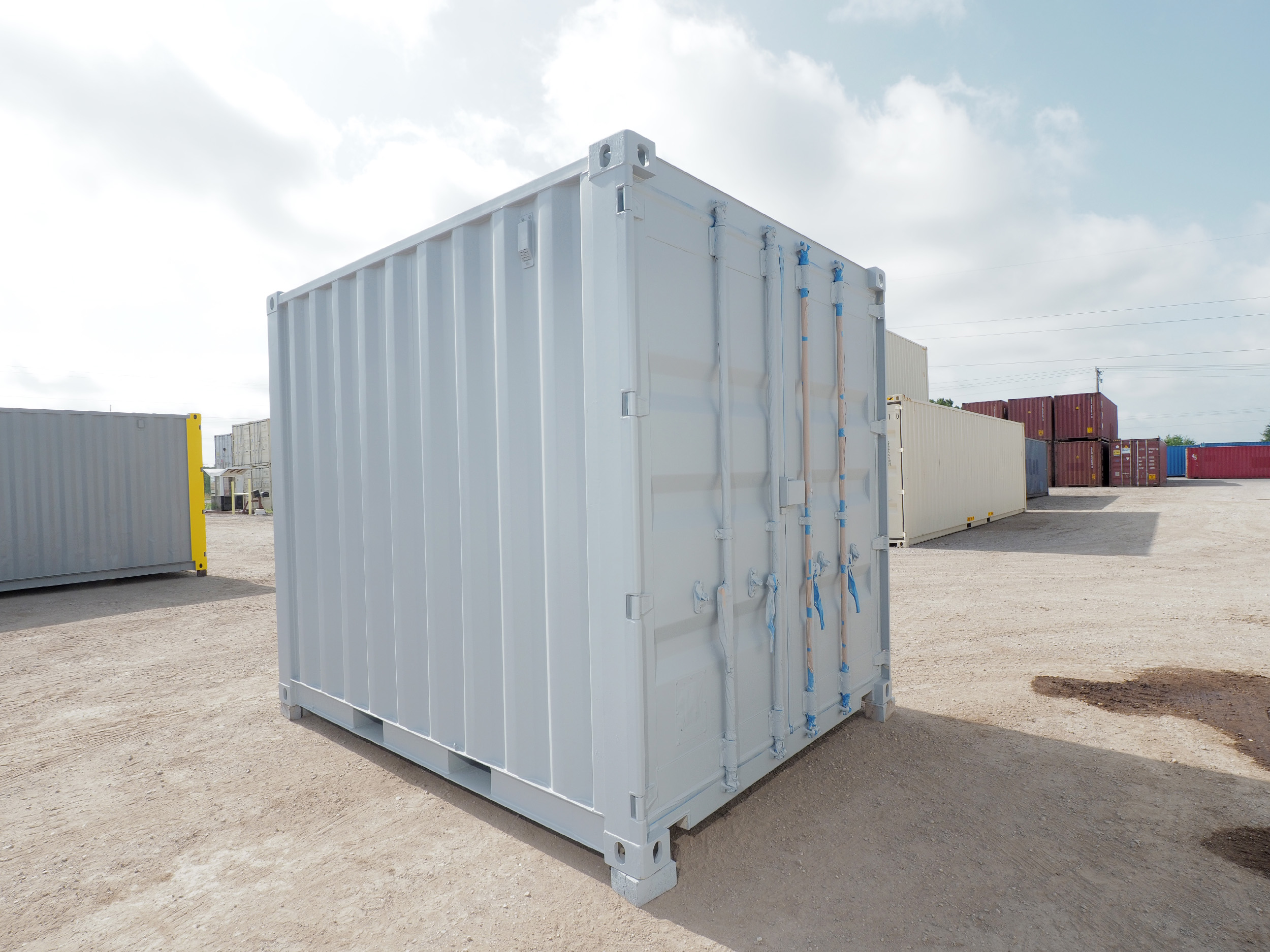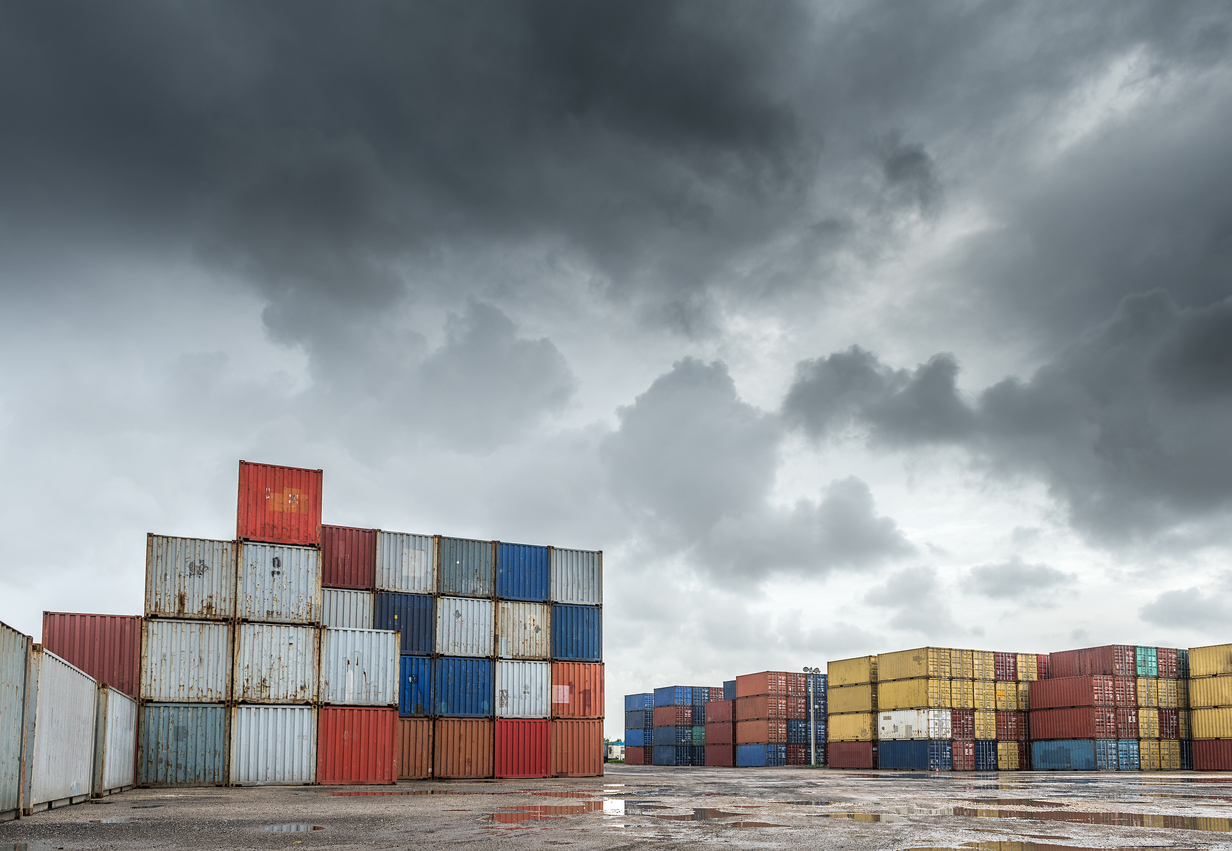Portable Storage Containers vs. Traditional Storage: What You Need to Know
Not all storage is created equal, and choosing the wrong type can cost you time, money, and sanity. Whether you’re moving, remodeling, downsizing, or just need extra space, knowing when to go with a portable storage container versus a traditional storage unit can save you serious headaches.
Here’s a real-world breakdown of when each one makes sense and when it doesn’t.
Quick Comparison: Who Wins in Each Scenario?
| Scenario | Best Option | Why |
| Moving houses | Portable container | Load once, move once. No back-and-forth. |
| Home renovation | Portable container | Keeps stuff on-site, easy to access daily. |
| Long-term storage of valuables | Traditional unit | Better climate control and facility security. |
| Temporary overflow (seasonal items, college gear) | Portable container | Flexible rental terms, drop-off, and pick-up. |
| Budget-conscious storage | Depends | Compare local prices. Portable is often cheaper, but not always. |
1. Cost: Don’t Just Look at the Monthly Rate
It’s easy to assume traditional storage is cheaper. But with portable storage, you often skip:
- Truck rental
- Gas money
- Extra labor to load/unload multiple times
Pro tip: Always ask about delivery fees, pickup costs, and whether there’s a minimum rental term. Some portable container companies charge for drop-off and pickup separately, which adds up fast.
2. Convenience: How Often Will You Access Your Stuff?
- Portable containers are great if you want access to your items at home, especially during a project or move.
- Traditional storage works if you won’t need to get in there often—or if you don’t have space to keep a container on your property.
Watch out for: HOA restrictions or city permits. Some areas don’t allow containers in driveways for extended periods.
3. Security: Who’s Watching Your Stuff?
- Portable containers rely on your location and lock. If it’s on your property, security depends on your neighborhood and whether you have cameras or a fence.
- Storage facilities usually have 24/7 surveillance, gated access, and sometimes on-site staff.
What matters more: Accessibility or peace of mind? If you’re storing high-value items long-term, a facility may be safer.
4. Climate Control & Weather Protection: Don’t Risk Mold or Warping
- Storing wood furniture, electronics, photos, or documents? You need climate control.
- Some portable container companies offer insulated or climate-controlled units, but not all.
- Traditional storage units often have more reliable climate control, especially in extreme heat or cold.
Pro tip: Ask the company how they handle moisture prevention. Steel containers get HOT inside if not insulated.
5. Customization & Access: Will You Be Digging Through Boxes?
- With a portable container, you can organize your stuff your way. Add shelving, create paths, or whatever works.
- Storage units usually don’t allow custom setups, and you might be limited by space and lighting.
Bonus tip: Use clear bins and label everything, no matter which option you choose. Future-you will thank you.
So… Which One’s Right for You?
Choose a Portable Storage Container if:
- You’re moving and want to load/unload only once
- You’re remodeling and need easy, on-site access to your stuff
- You don’t want to rent a truck or make multiple trips
- You want flexible container rental periods
Choose a Traditional Storage Unit if:
- You need long-term storage for valuables or sensitive items
- You’re in an apartment or HOA-restricted area
- You prefer climate control and round-the-clock security
- You don’t need frequent access
Frequently Asked (Actually Useful) Questions
How much space do I really need?
One portable container (8×16 ft) holds about 3–4 rooms’ worth of stuff. For traditional storage, a 10×10 unit fits furniture from a one-bedroom apartment. When in doubt, size up—crammed boxes = broken stuff.
Can I keep a container in my driveway indefinitely?
Depends on your city or HOA. Some allow it for 30+ days, others may require a temporary permit or say no altogether. Check first to avoid fines or removal.
What about moving across the country?
Portable containers are ideal for long-distance moves. They can be loaded at your pace and then shipped across state lines without you driving a truck. Some companies even store the container if your new place isn’t ready yet.
Final Verdict: Function Over Familiarity
Don’t choose storage based on what’s most common; choose what actually works for your life. Portable storage containers are perfect when you need convenience, mobility, and control. Traditional storage units make more sense when you need secure, climate-controlled space for the long haul.
Need help deciding? Contact Container King. We don’t do pushy sales, we do smart storage solutions that fit your situation. Let’s figure it out together!


